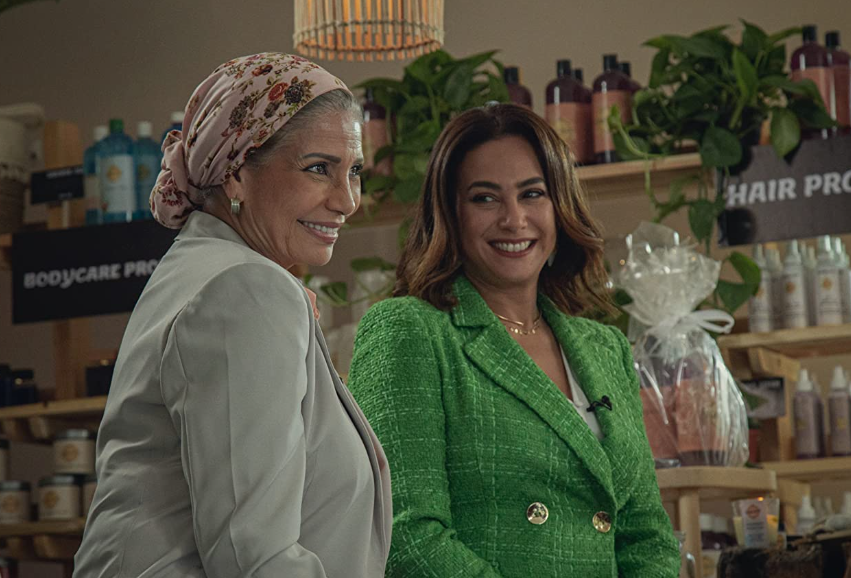MBC announced its upcoming Ramadan series Souq El Kanto on 23 February. Starring Amir Karara in the lead role, the series is an Arabic adaptation of ‘Peaky Blinders’, a crime drama chronicling the titular gang’s expansion in post-World War I England. It is also the latest in a long line of remakes, revivals, and reboots produced over the past decade, with a noticeable spike in the past three years – a trend which seems to transcend all cultural and geographic boundaries. On the international plane, it includes Hulu’s ‘How I Met Your Father’ (2022); HBO Max’s ‘Gossip Girl’ reboot (2022); and Netflix’s latest, ‘That 90s Show’ (2023), among many more. The former have all been the object of scathing reviews; with various critics pointing to the chasm between them and their venerated source materials. Our side of the world, too, has caught on to the recycling craze – in my opinion, to humble results. January 2022 witnessed the release of an Arabic remake of the 2016 Italian film, ‘Perfect Strangers’, where a group of close friends’ long-held secrets unravel over the course of a dinner party. My only memory of…




